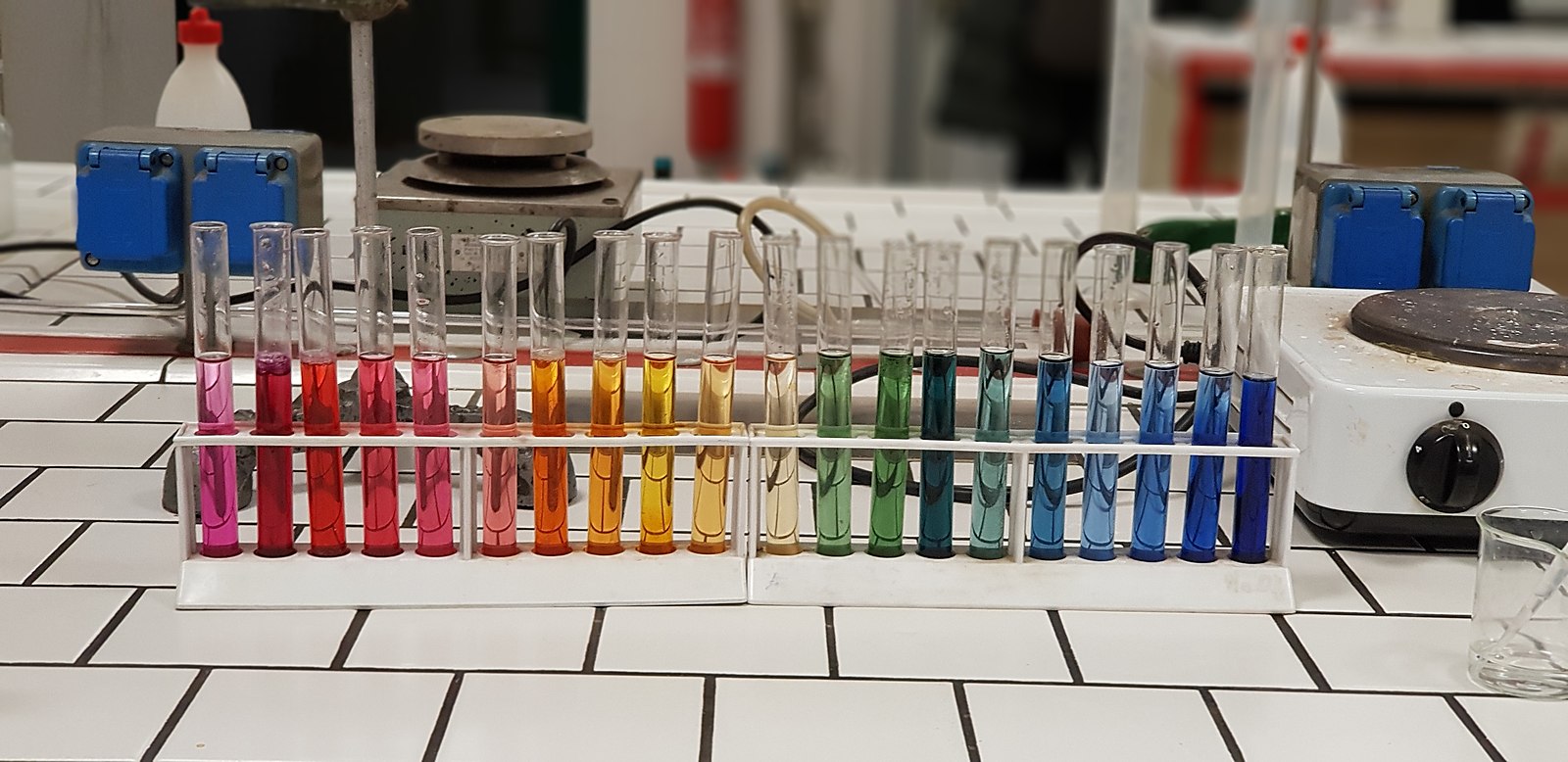The pH value of water electrolysis is a critical factor that affects the efficiency and the products of the process. The pH value can change during the electrolysis, depending on the electrolyte used, the current density, and the polarity of the electrodes. Understanding the pH dynamics in water electrolysis is essential for optimizing the process and ensuring the desired outcomes.
The Impact of Electrolyte and Current Density on pH
One study published in the journal Chemistry-Europe investigated the effect of phosphate buffer on water electrolysis at neutral pH. The researchers found that a concentrated K-phosphate solution at elevated temperature was potentially an effective electrolyte for water electrolysis. The pH of the electrolyte slightly decreased from 5.6 to 4.9 for the lowest current density (37.5 mA L−1) in the first 2 hours.
Another study, published in the journal Environmental Science & Technology, examined the effect of electrode materials on temporal changes in electrolyte pH and redox potential for water treatment. The researchers found that the pH of the electrolyte decreased with increasing current density, and the pH change was more pronounced for a copper electrode than for a stainless steel electrode.
The Influence of Current Density on pH and Redox Potential
In a study published in the journal Environmental Science & Technology Letters, the authors investigated the effect of different current densities on iron electrolysis. They found that the current density significantly affected the pH and redox potential of the electrolyte. The pH value increased with increasing current density, and the redox potential decreased with increasing current density.
Understanding pH Changes in Pure Water Electrolysis
In pure water electrolysis, the pH value near the cathode becomes basic due to the reduction of hydrogen ions, while the pH value near the anode becomes acidic due to the oxidation of hydroxide ions. This pH change is a result of the electrochemical reactions taking place during the electrolysis process.
The Impact of pH on Electrolysis of Water and Magnesium Sulfate
In a study published in the journal Environmental Science & Technology, the authors investigated the effect of pH on the electrolysis of water and magnesium sulfate solution. They found that the pH value decreased during the electrolysis due to the formation of sulfuric acid at the anode. The pH value increased near the cathode due to the formation of magnesium hydroxide.
Controlling pH in Water Electrolysis
The pH value of water electrolysis can be controlled by adjusting the current density, the electrolyte concentration, and the polarity of the electrodes. By carefully managing these parameters, researchers and engineers can optimize the pH conditions to achieve the desired outcomes in water electrolysis.
Conclusion
The pH value of water electrolysis is a crucial factor that must be considered when designing and operating water electrolysis systems. The pH can change significantly during the process, depending on the electrolyte, current density, and electrode materials. Understanding and controlling the pH dynamics is essential for maximizing the efficiency and effectiveness of water electrolysis for various applications, such as water treatment, hydrogen production, and energy storage.
References:
1. Water Electrolysis in Saturated Phosphate Buffer at Neutral pH. Chemistry-Europe. 2020-09-01.
2. Electrode effects on temporal changes in electrolyte pH and redox potential for water treatment. Environmental Science & Technology.
3. Effect of Different Current Densities on Iron Electrolysis. Environmental Science & Technology Letters.
4. Electrolysis of water. Wikipedia.
5. pH Meets Electrolysis: The Test. California State Science Fair. 2006.
6. How does pH change during the electrolysis of water? Chemistry Stack Exchange. 2018-03-20.

